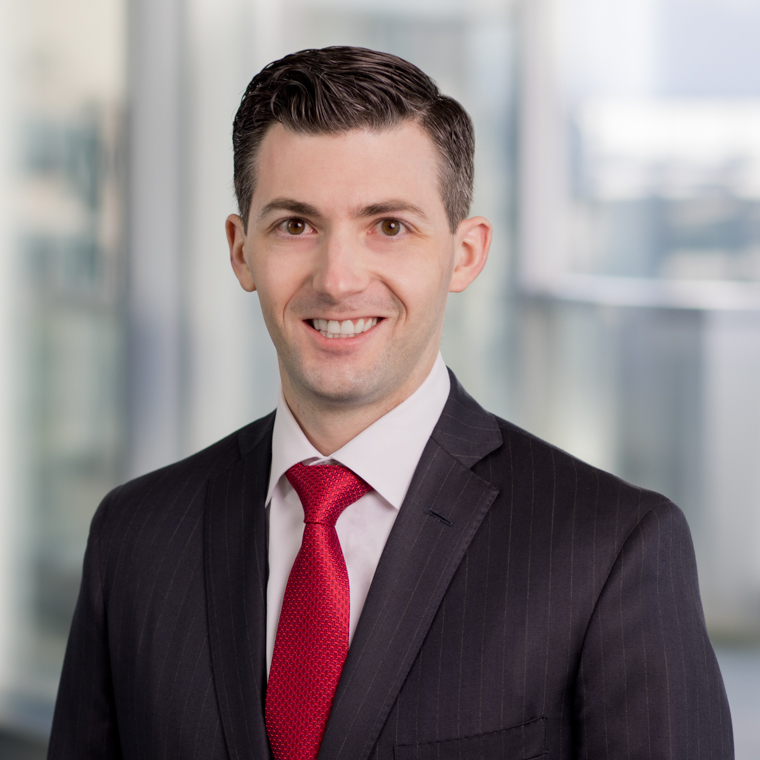In its sixth annual report on voluntary audit committee reporting to shareholders, Ernst & Young observed “similar increases in voluntary audit-related disclosure as in the past several years, with steady growth in certain areas.” In addition, the EY report features a comparative snapshot of certain audit committee characteristics, many of which have not changed since 2012.
Voluntary Disclosure Trends. EY examined voluntary audit-related disclosures in the proxy statements of 75 companies in the 2017 Fortune 100 that filed annual proxy statements from 2012 through August 15, 2017. EY examined voluntary audit-related disclosures beyond the confines of the audit committee report. Among the trends identified in its review, EY observed the following:
- 87% disclosed that the audit committee is responsible for the appointment, compensation and oversight of the audit firm, compared to 45% in 2012 (81% in 2016).
- 73% stated that the selection of the auditor is in the best interests of the company/stockholders, compared to 3% in 2012 (72% in 2016).
- 75% indicated that the committee was involved in the selection of the lead audit partner, compared to 1% in 2012 (69% in 2016).
- 32% stated that the audit committee is responsible for audit fee negotiations, compared to 0% in 2012 (27% in 2016).
- 60% said that the committee considers the impact of changing auditors when assessing whether to retain the current external auditor, compared to 3% in 2012 (55% in 2016).
- 67% disclose the length of the auditor’s tenure, compared to 27% in 2012 (65% in 2016).
One matter that has not seen increased disclosure over the years is that of topics the audit committee discussed with the auditor beyond the matters required to be discussed under SEC rules. Notably, in 2017 only 3% of Fortune 100 companies provided this information, compared to 4% in 2012. The minority of companies providing such disclosure indicated that the audit committee raised certain topics with its auditors other than those required by regulations.
The EY report notes that even as audit committee obligations have expanded over the years, the required audit committee disclosures pre-date the Sarbanes-Oxley Act. Companies have responded to the interest of investors and others in increased transparency about financial reporting and the audit by voluntarily expanding disclosures. “While transparency has increased at a steady pace over the past three years, several recent and upcoming regulatory developments . . . may contribute to further consideration of audit-related disclosures in the coming years.” Specifically, the EY report cites the Public Company Accounting Oversight Board’s revised standard on the auditor’s report (see our June 2, 2017 post) and the SEC’s ongoing disclosure effectiveness project (see our February 20, 2014 and June 30, 2016 posts) and 2015 concept release on possible revisions to audit committee disclosures (see our August 21, 2015 post). In the interim, the EY report offers some suggested questions that audit committees may wish to consider regarding voluntary audit-related disclosures:
- To what extent does the audit committee already provide voluntary audit or audit-related disclosures?
- Have investors expressed interest in greater transparency in the audit committee’s work in connection with broader company-investor engagement conversations?
- How has the role of the audit committee evolved in recent years (e.g., oversight of the enterprise risk management process, cybersecurity risk) — and to what extent are these changes being communicated to stakeholders via the proxy statement?
- What additional voluntary disclosures might be useful to shareholders related the audit committee’s time spent on certain activities such as company restructuring or financial statement reporting developments?
Audit Committee Characteristics. With respect to audit committee characteristics among 2017 Fortune 100 companies, the EY report noted that many characteristics remain unchanged from 2012. Specifically, the average audit committee still has four members with an average age of 63 and holds an average of nine meetings per year. Since 2012, 85% of audit committees added at least one new member, and 41% experienced chair turnover. As for other changes, the EY report observed some increases with respect to skills and diversity of audit committee members. Since 2012, the percentage of financial experts has increased from 59% to 66%, and the percentage of women audit committee members has increased from 19% to 26%.
